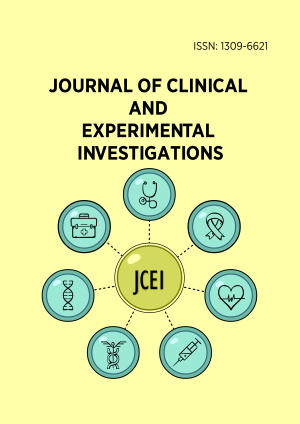Abstract
Assessment of arsenic intoxication on human and murine tissues reveals complex toxicity resulting in variety of health damages most especially liver injury. Eulophia gracilis (E. gracilis) is an important medicinal orchid that elicits health benefit in folkloric medicine related to its antioxidant properties. However, scholarly literature lacks information on the role of E. gracilis in sodium arsenite-induced hepatic toxicity. Therefore, we assessed the influence of E. gracilis extracted in aqueous-methanol solvent on sodium arsenite-induced dysfunctional liver organ and genotoxicity in rats. Rats were intragastrically exposed to sodium arsenite (5 mg/kg) once in 7 days and concurrently with oral treatment of E. gracilis extract (200 mg/kg body weight) daily for 14 consecutive days. Arsenic-exposed rats displayed dysfunctional liver pathology through significant increases (p < 0.05) in plasma transaminases. Liver homogenate of intoxicated rats showed significantly declined (p < 0.05) redox activities of superoxide dismutase, catalase, arylesterase and deficit in reduced glutathione and Vitamin C alongside with severe diffuse vacuolar degeneration in liver architecture. Immunohistochemical analysis of liver showed an upregulated expression B-cell lymphoma 2 protein (BCL-2 protein) with concomitant low expression of tumor suppressor p53 protein coupled with clastogenicity depicted by increased frequency of micronucleated polychromatic erythrocytes (mPCEs) in the bone marrow of intoxicated rats. However, treatment with E. gracilis mitigated liver damage and improved the antioxidant enzymes and molecules in co-treated animals. Additionally, E. gracilis alleviated sodium arsenite-facilitated alteration in expression of BCL-2 and p53 proteins in liver, abrogated surges in the frequency of formation of mPCEs in bone marrow and reduced pathological lesions in the examined liver organ of rats co-treated with E. gracilis. Overall, E. gracilis suppressed liver dysfunction associated with sodium arsenite exposure via abrogation of oxidative stress and genotoxicity in male rats.
License
This is an open access article distributed under the Creative Commons Attribution License which permits unrestricted use, distribution, and reproduction in any medium, provided the original work is properly cited.
Article Type: Research Article
J CLIN EXP INVEST, Volume 16, Issue 4, December 2025, Article No: em00849
https://doi.org/10.29333/jcei/17184
Publication date: 01 Oct 2025
Article Views: 735
Article Downloads: 247
Open Access References How to cite this article
 Full Text (PDF)
Full Text (PDF)